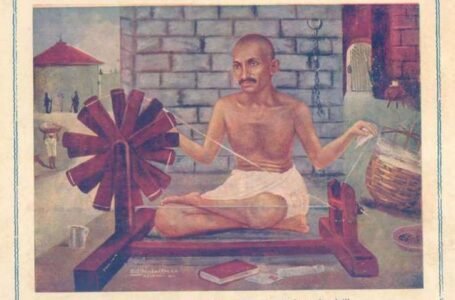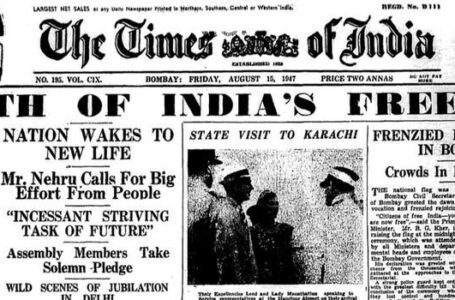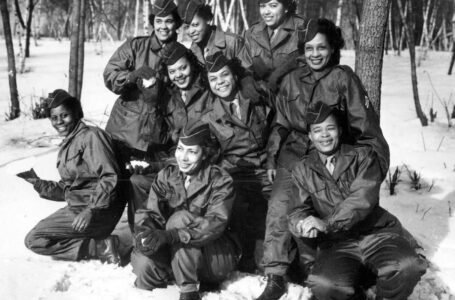From Pastoralism to Progress: Exploring Maasai Mara’s Pastoral Traditions
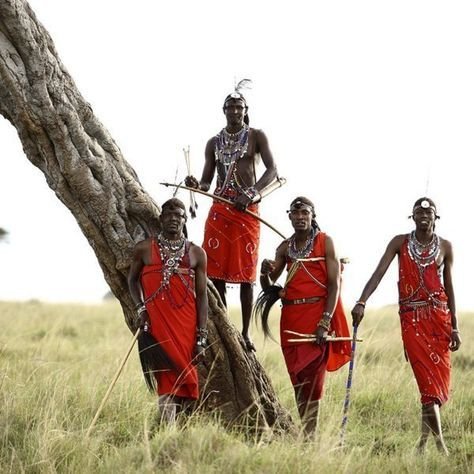
The Maasai Mara and its people stand as a symbol of East Africa’s rich cultural heritage. Their nomadic and pastoral lifestyle weaves through the vast landscape of northern, central and southern Kenya. They are admired for their deep-rooted traditions and steadfast connections to the land, along with that they also embody resilience amidst all the modernization.
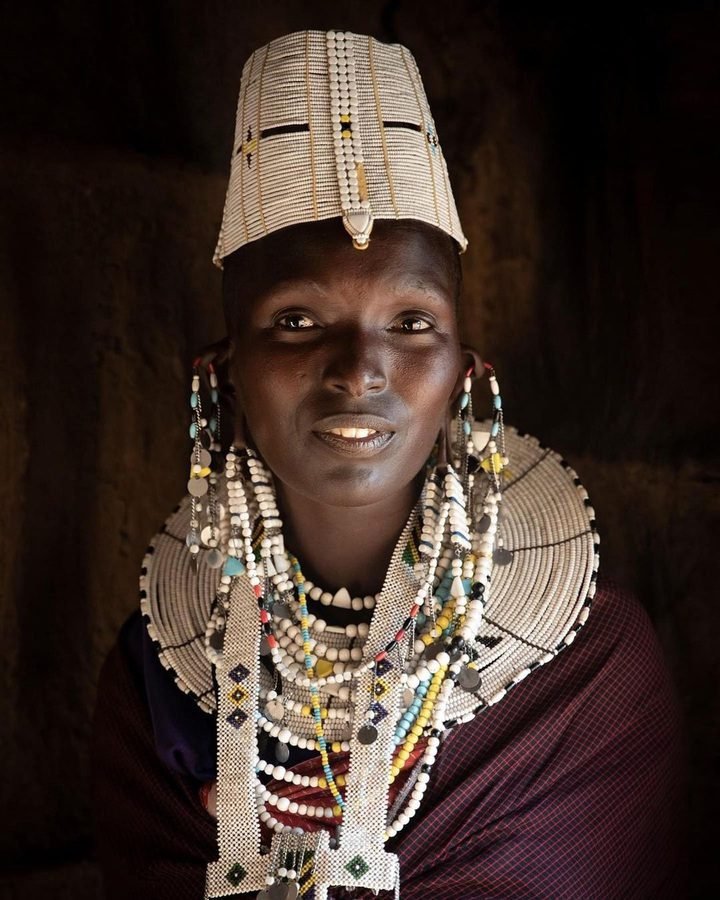
To begin with, the heart of their identity which is their language known as Maa, is something that binds their community across the regions. However, this connection is not just on the basis of language but it resonates in the rhythms of their lives and the echoes of their lives. For centuries now, these people have thrived in their ancestral home, that spreads from the Maasai Mara’s Game reserve and Amboseli’s vast plains near the Tanzanian border. They have embraced their ages old traditions by safeguarding their land as its stewards.

Yet, their cultural richness and the complexities of modernity go hand in hand. As the pressure of globalization and the invasion of urbanization is reshaping their world. The Maasai stand at a crossroads trying to balance their traditions and adaptation to this modern world. In this exploration, we delve into the brilliant tapestry of Maasai life by tracing their lifestyle and with the help of their unique cultural expressions we unravel the delicate details that binds the Maasai to their land, their language and each other. Interestingly, they offer a glimpse into the world where traditions and modernity come together.
When talking about their basic needs, that is their house which is thoughtfully crafted using locally available resources and native techniques. Their traditional housing, that comes from a lifestyle constantly on the move is a great example that showcases their adaptability and resourcefulness. Typically, their house takes the form of a circular or loaf shaped structures. Their designs were easily breakable and transferrable keeping in mind of their migration needs. Materials like sticks, muds, grass and cow dung are used to built these houses, they are sturdy yet temporary.

Within their villages, Maasai had employed another layer of protection that was crafted by men in a form of circular fence which served as a barrier against nocturnal predators which helped in safeguarding their land and community. The relationship between the natives and the environment is very evident in every aspect of their architecture. In the ever-changing landscape of East Africa their housing reflects their heritage and their deep-rooted connection to the land they call home.
In Maasai tradition, elder men especially those who are retired hold significant influence over their community. With their deep wisdom and traditions, they take major decisions that shape the trajectory of Maasai tribes. Their approach to death is remarkable, as their journey into the afterlife lacks the ceremony and rituals that is often associated with formal funerals. Instead, the body of the dead are left in open fields for the nature and scavengers to take them away. Initially, only the chiefs were buried however, they gave up on that practice as they believed it harms the soil and disrupts the balance of the earth.

When we look at their culture, we get to know about their life in detail. Traditionally, they are nomads who move with their livestock in search of grazing land and water. This is important for their cattle so as to ensure their survival in the harsh weather and unpredictable environment. Their profound connection to their cattle not only serves as an important source of sustenance but also as a symbol of wealth and status. In their culture, a man’s prosperity is measured by the size of his herd and along with that the number of his offspring. There is also a myth that they strongly believe in, that is all the cattle on earth were bestowed upon them by the divine, which fosters a sense of entitlement that historically justified acts of cattle rustling as a means of reclaiming what rightfully belongs to them. However, these practices have diminished in modern times, they remain as a symbol of preserving their heritage.
Their attire and their dressing style is distinctive, which consists of bright red Shukas (cloths), elaborate beadworks and detailed jewelry. While red turns out to be their favored color, their clothing choices vary by different factors such as age, sex and occasion. For instance, young men wear black garments for a period that follows their circumcision ceremony to signify their transition to adulthood. Their clothing is crafted from natural materials such as sheepskin, calf hides and animal skins. However, as modernization took over the world, there has been a drastic shift towards using commercially produced fabrics. Their traditional cloth, Shuka is typically wrapped around their body in various style, serving both practical and symbolic purpose.
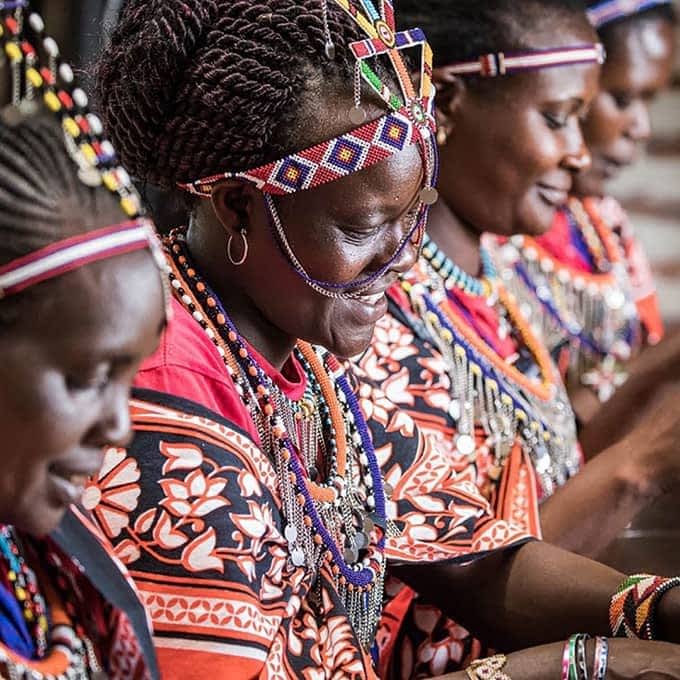
Ornaments and jewelry are complementary with their attire. They are particularly made by women who are skilled in weaving and beading delicate jewelry which they wear as a form of personal expression and cultural adornment. Apart from that, ear-piercing and stretching of ear lobes are common practices among the Maasai, both men and women. On these stretched ear lobes, metal hoops and other ornaments are worn which adds to the cultural significance. Through their clothing and ornaments, they not only express their cultural identity but also honor their tradition and heritage. Each ornament, clothing or even a single bead carries with it a story of resilience and the enduring spirit of the Maasai people.
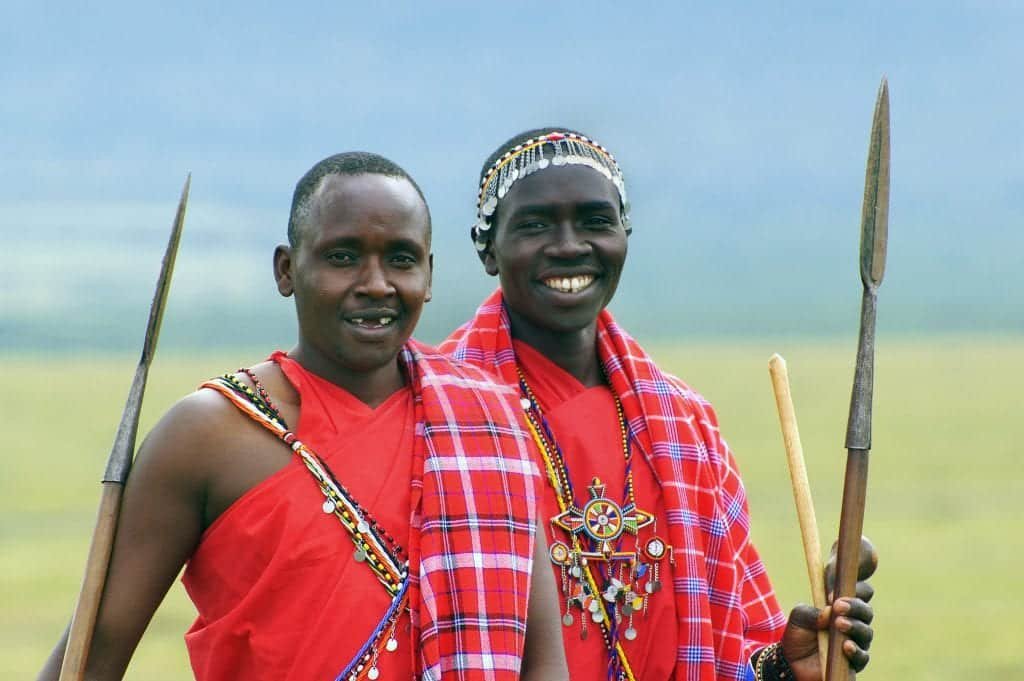
In recent times, the nomadic lifestyle of the Maasai people has seen a significant change due to the establishment of the wildlife parks and the reserves by the government of Tanzania and Kenya. As a result of the expansion of these, protected land, the area available for Maasai community to roam and graze their livestock is shrinking. What’s worse is that the government regulations prohibit them from accessing the resources or grazing their animals in the reserves. Due to which, these Maasai’s are experiencing challenges in maintaining their traditional way of life. Moreover, the government is trying to integrate the modern society to the Maasai community so that they abandon their nomadic lifestyle. It is so evident these days as we can see Maasai families building permanent houses and relying on alternative food sources. Over the period of time their attire has also changed into a modern one. They were not aware of the concept of private ownership of land however in the 1980s through government program that was aimed at commercializing the land, this concept was introduced. This change has profound implications for the Maasai community, as it led to the polarization within the tribe as some Maasai’s have drastically benefitted from this whereas the others have been marginalized by the loss of their traditional lands and livelihood. These changes are a proof that there is a gradual shift from nomadic pastoralism to more sedentary urban ways of living, reflecting the complex interplay between tradition and modernization.

To conclude, the culture of Maasai, from their nomadic pastoralist roots to the challenges of modernization and land commercialization, the natives have navigated a complex journey that includes both, victories and tribulations. Throughout the years, their relationship with nature and their nomadic lifestyle delicately intertwined with the rhythms of the land. Their deep connection with the cattle herding, communal living has sustained them for generations and gave them a sense of identity and unity within the tribe. However, the changes have swept across the Maasai Mara and brought with them new challenges and opportunities. Yet, amidst all these challenges, the people have showcased remarkable adaptability and resilience. While there are some people who have adapted to the modern lifestyle and economic conditions, there are people who have defended their culture, heritage and lifestyle. It is important to recognize that preserving and honoring Maasai traditions is necessary. The resilience of these people lies not only in their ability to adapt to the changes but also in their commitment to preserve their identity. It is necessary for us to engage and collaborate with the Maasai community, respect their rights and aspirations. Ultimately, the story of Maasai and its people serves as a reminder of the enduring power of culture and tradition. As we look into the future, let us strive to uplift the natives and support them in their journey towards self determination and empowerment.
